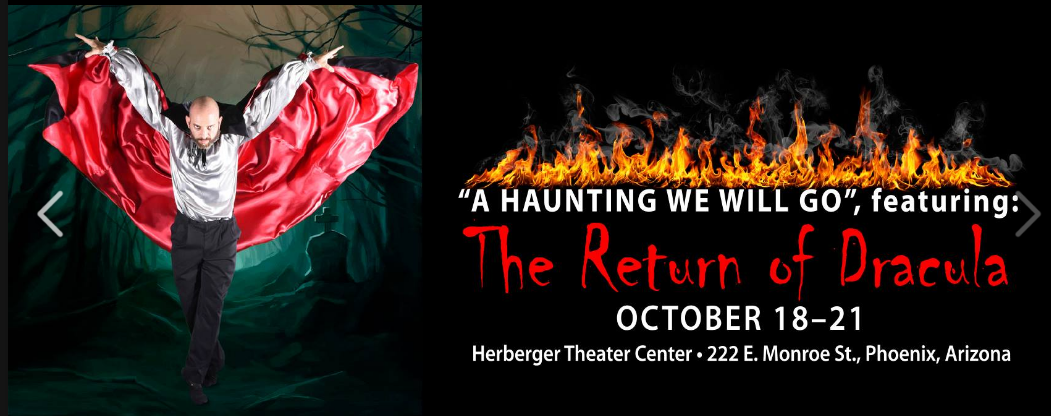Center Dance Ensemble
Choreographer: Frances Smith Cohen
Of the two minor works presented by Fran Cohen, The Fallen and Blythe Spirit, Blythe Spirit is, in my opinion, the stronger piece, if for no other reason than it was coherent throughout and truly, satisfyingly, complete. Unfortunately, it could easily be dismissed as fun but ultimately frivolous in a body of serious or “real” work. I beg to differ.
There was an impressive level of care, discipline and vision evident in its construction. I’m a big fan of vignettes and this piece was built to please. The multiple opening stills, artfully moved around the stage, were ripped right out of the comic books, or graphic novels, or pulp fiction book covers. They scream exploitation melodrama and from that moment, the choreographer has absolute license to take this as far over the top as she pleases.
The simple but oh-so-perfect costuming, little more than underwear and a short robe, made this feel like a period piece. This couple could have stepped off the set of Chicago. Dancers are always actors to an extent, but this particular work was also a pantomime and the dancer/actor ratio got flipped. Casting for a piece like this is critical and the performers did not disappoint. Between D. Daniel Hollingshead’s exceptional physicality, and his ability to bend his lithe frame into some impossible contortions, and Nicole L. Olson’s effortless transitions from coy to moxie to scream queen, they were more than equal to the task. It’s easy to deride this combination of slapstick, pantomime and melodrama as simplistic, old-fashioned and worthy only of being dismissed in an increasingly sophisticated arts scene. But try it once. If all you see are the large, apparently silly gestures, you will never understand the nuance, subtlety, and exquisite timing it takes to not only sell the performance to the audience but, as is the case with this production, to elevate it to high camp, Throw in some accomplished dancing and this is entertainment worthy of the most snobbish sophisticate.
This is a situation where the large gestures and over-the-top story line could easily mask some of the underlying discipline in the production. If you needed to be reminded that this comedic piece was still serious dance, you just had to focus momentarily on any scene, such as when our increasingly frustrated female character stabs her hapless counterpart. As she walks away, she wipes the imaginary blood off of the imaginary knife and thrusts it assertively into its imaginary scabbard, all in perfect synchronization with the score.
Picasso is famously reputed to have made a quick sketch on the back of a napkin for someone who offered to pay for it. When he named an outlandish price, the person confronted him with, “How long did it take you to do that?”. “Forty years,” he coolly replied.
When people try to assess what works are important artistically and put them in some hierarchical order, the temptation will be to focus on what a piece like Blythe Spirit is not. It would be far better to understand what this is, and to hold it up to more ambitious works as an example. This is a small idea with larger implications that was committed to absolutely and explored fully. It evidenced a clear, mature vision supported by exceptional craft and artistry. Any choreographer would do well to check all those boxes. Perhaps there is a context in which Blythe Spirit is just a frivolous little comedic sketch. But make no mistake, this is a sketch drawn by a master.
Viewed Re/Viewed


Recent Comments